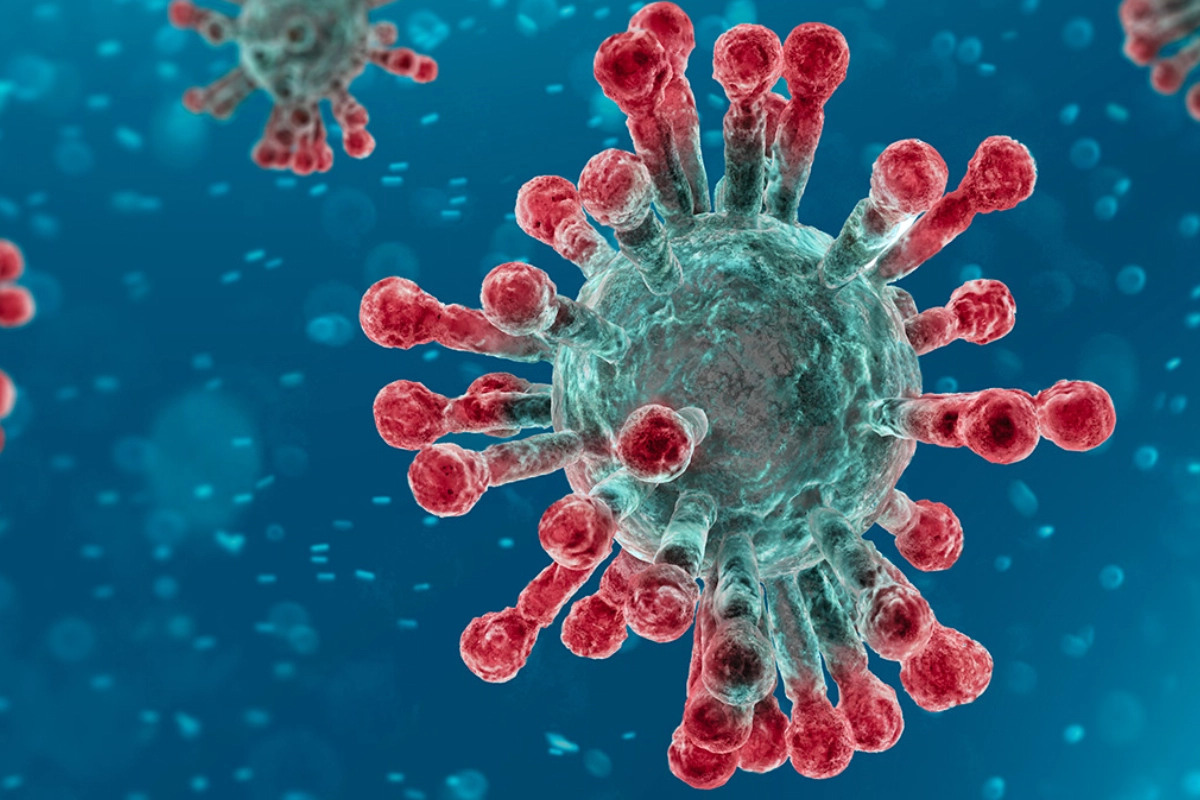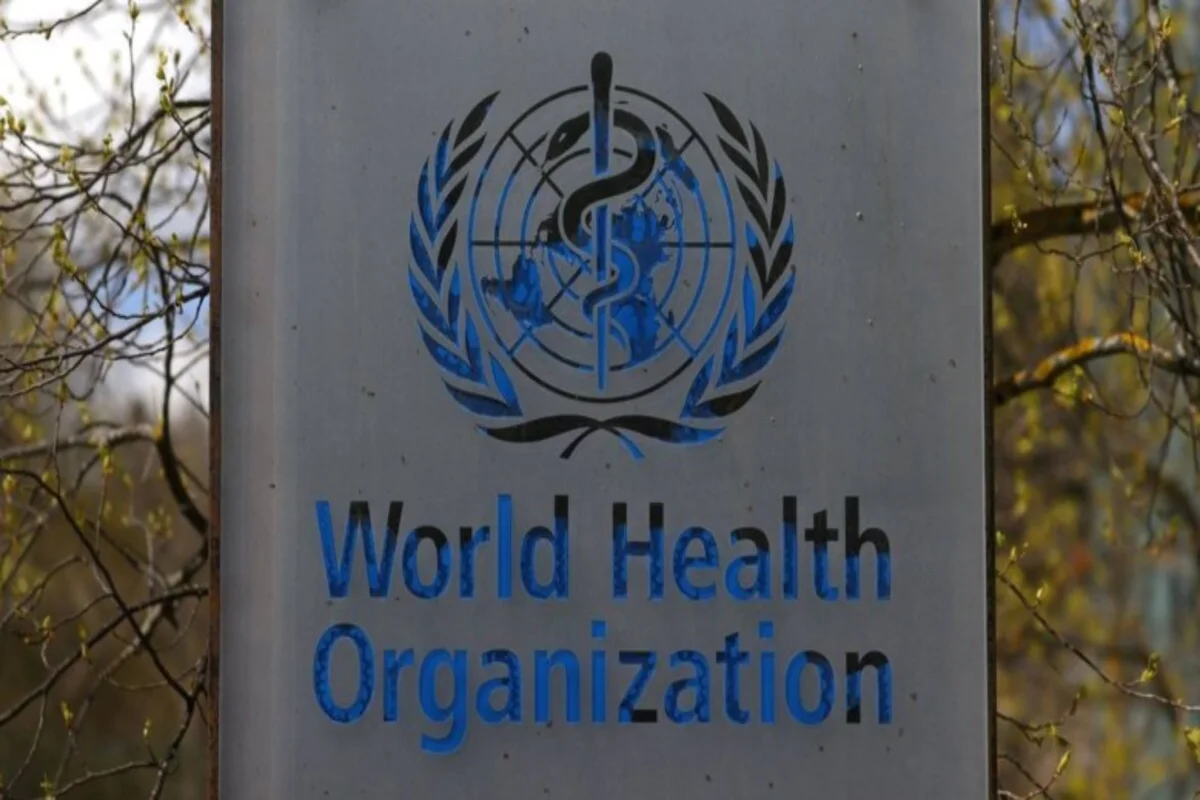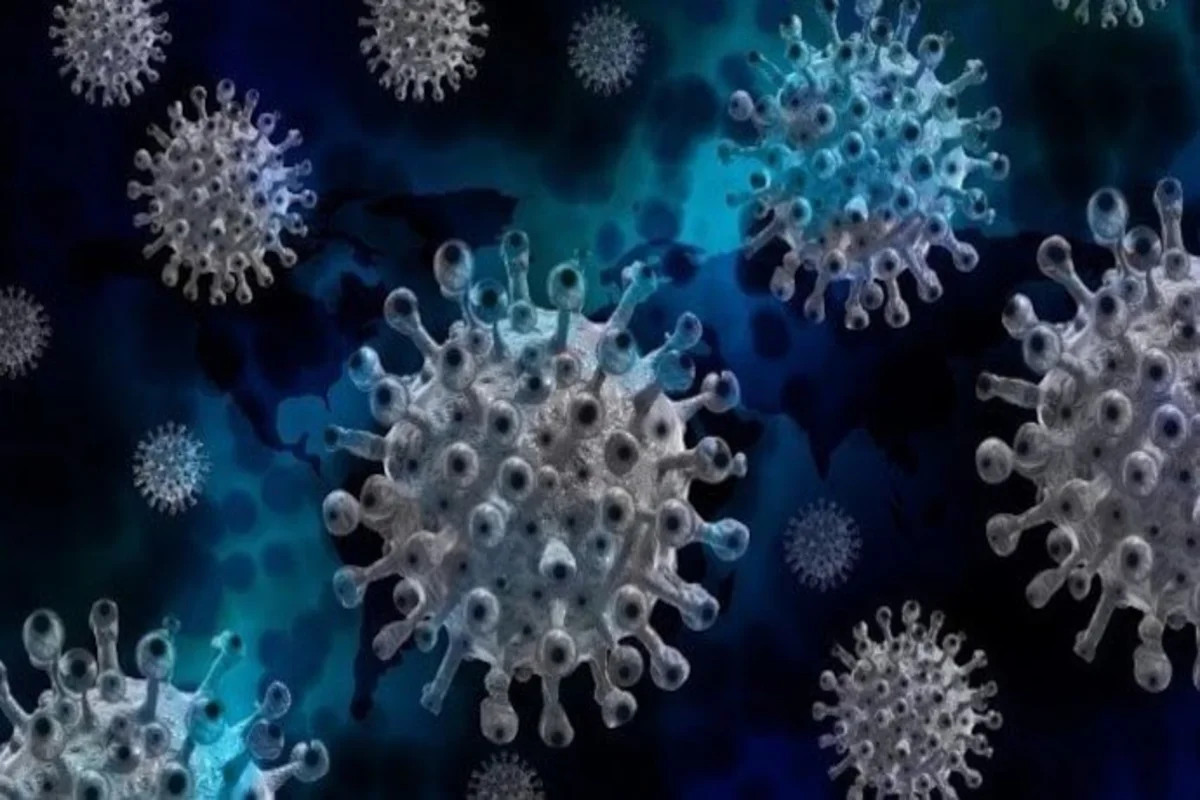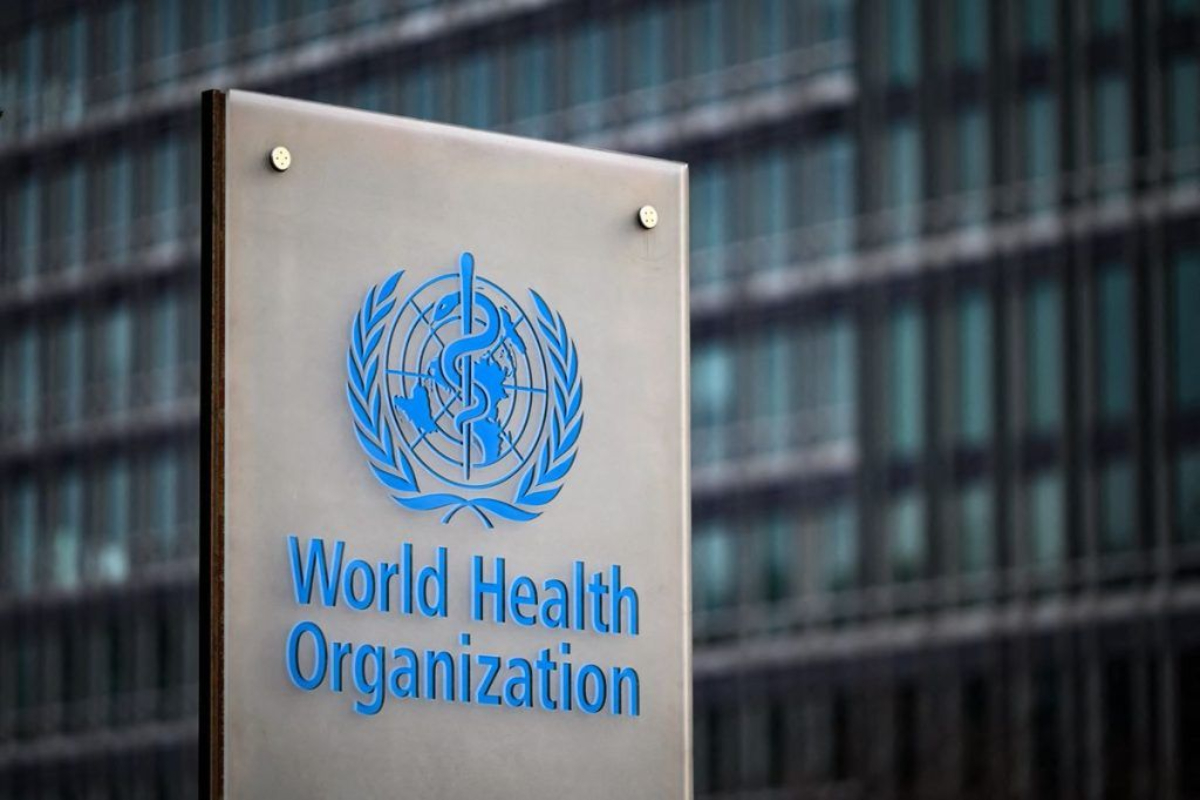WHO: According to the World Health Organization (WHO), a list of priority infections that potentially lead to outbreaks or pandemics in the future is being updated. As a preventative measure in case of an epidemic or pandemic, these viruses have been closely monitored.
The WHO published its first list of pathogens in 2017 and completed its most recent exercise in prioritisation in 2018. Covid-19, Crimean-Cong hemorrhagic fever, Ebola and Marburg virus diseases, Lassa fever, Middle East respiratory syndrome (MERS), Severe Acute Respiratory Syndrome (SARS), Nipah and henipaviral diseases, Rift Valley fever, Zika, and Disease X are all on the list at the moment.
Presence of disease X on the list denotes
The presence of disease X on the list denotes the possibility of a serious global epidemic caused by an unidentified infection. More than 300 scientists are gathering at the invitation of WHO to examine and advance research on more than 25 viral and bacterial families, including Disease X.
Targeting priority pathogens and viral families, according to experts, Executive Director of WHO’s Health Emergencies Programme, can contribute in the creation of vaccines.
A quick and efficient epidemic and pandemic response depends on focusing research and countermeasure development on priority pathogens and virus families. Prior to the COVID-19 pandemic, massive R&D spending made it possible to create safe and effective vaccinations in record time.
Also Read: Iran Protests: Actor takes-off hijab in Instagram post, gets arrested a day later
Significance of this list
The list, according to WHO Chief Scientist Dr. Soumya Swaminathan, is a guide for the scientific community to use as a point of emphasis as they prepare to handle the next threat.
“It is developed together with experts in the field, and is the agreed direction for where we—as a global research community—need to invest energy and funds to develop tests, treatments and vaccines. We thank our donors like the US government, our partners, and the scientists who work with WHO to make this possible,” Dr. Swaminathan stated.
In the first quarter of 2023, the updated list of priority pathogens is anticipated to be released.
Keep watching our YouTube Channel ‘DNP INDIA’. Also, please subscribe and follow us on FACEBOOK, INSTAGRAM, and TWITTER












